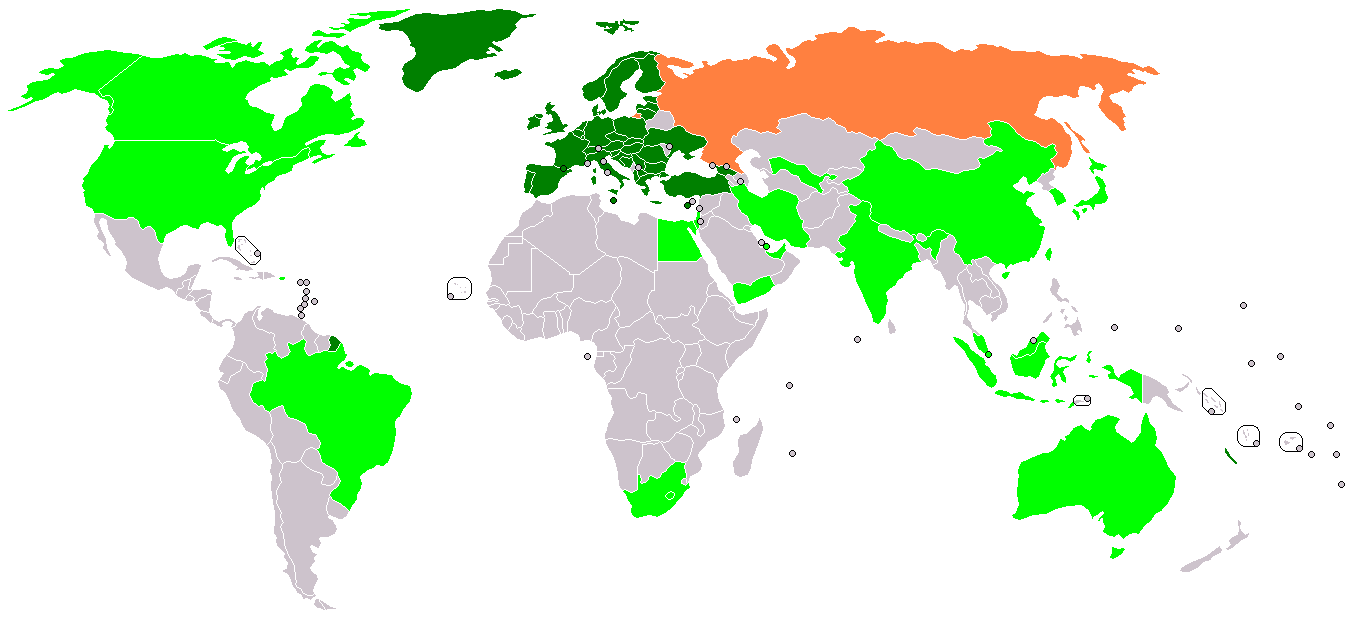Case study: Standards in wireless telephone networks
Course subject(s)
Module 2: Fuzzy borders: expansion and interconnection of infrastructure systems
Case study: Standards in wireless telephone networks
PRIVATIZATION, LIBERALIZATION AND STANDARDIZATION
Introduction
Telecom as an industry sector is characterized by short development cycles and frequent introduction of new technologies. These technologies are widely used by other industry sectors and in consumer environments. Communications by its nature requires global interoperability. Standardization is thus a challenge. However, different countries and regions have pursued different approaches over time towards standardization. Below a short introduction to some EU-policies with regard to standardization. Then we have two articles (one basic reading, one expert reading) about pro’s and con’s s of the different policies and what the process of standardization implies. Ernst ten Heuvelhof will provide some conclusions in a short weblecture.
EU-policies: the start for standardization
Privatization and liberalization of the telecommunications industry was and is high on the policy agenda of the European Commission. One important argument for the introduction of competition and the privatization of the telecommunications sector was the small size of the existing markets. All European national telecom providers had developed their own technologies or cooperated closely with national telecommunications equipment manufacturers for various domestic, economic and political reasons. This meant that virtually every nation
had developed and equipped its own telecommunications infrastructure, using different (equipment) standards. From a technical point of view, this situation was a nightmare that threatened to repeat itself in the newly developing mobile telecommunications markets. This yielded underdeveloped and expensive services compared to those of larger markets, as in the United States. Economies of scale could not be achieved, resulting in alack of investment and lagging technology development. In other words: The EC recognized the importance of technical standardization as a precondition for the creation of a genuine international mobile telecommunications system. In 1982, a special working group was created called the ‘Groupe Spéciale Mobile’. The group was asked to specify a new radio telephone system for Europe. The ‘GSM’ system, named after the initials of the working group, was designed and built with a number of specific considerations in mind. Among other things, GSM was to be an open non-proprietary standard that took a modular approach to the creation of a mobile telephony network. The group made 164 recommendations (!) for standardizing the various interfaces between key elements of the system. The flexible GSM standard system architecture would enable system operators to specifically configure and adapt systems to match local market demands and geographical constraints.
The new technical standard for the next-generation European mobile telecommunications systems promised to create – for the first time – a truly pan-European network and provide universal mobile telecommunications equipment and services. Later, the EC realized that GSM was more than just a vehicle for European ideals, but could also be used as a mechanism to introduce truly open competition in a European network. One of the important functionalities of GSM, which enabled the EC to achieve both objectives, was the ability to ‘roam’ internationally. GSM allowed mobile users to use their phone via the mobile networks of other mobile operators. With this in mind, the EC adopted specific recommendations to introduce this system in Europe in 1987 and set up a European Telecommunications Standards Institute (ETSI) to further facilitate the development of the GSM standard.

Picture: Members of the European Telecommunications Standards Institute (ETSI), the independent, not-for-profit standardization organization in the telecommunications industry (equipment makers and network operators). ETSI produces globally-applicable standards for Information and Communications Technologies (ICT), including fixed, mobile, radio, converged, broadcast and internet technologies. Besides regular members (dark green), ETSI also has associate members (green) and observers (red).

Next Generation Infrastructures by TU Delft OpenCourseWare is licensed under a Creative Commons Attribution-NonCommercial-ShareAlike 4.0 International License.
Based on a work at https://ocw.tudelft.nl/courses/next-generation-infrastructures/.



